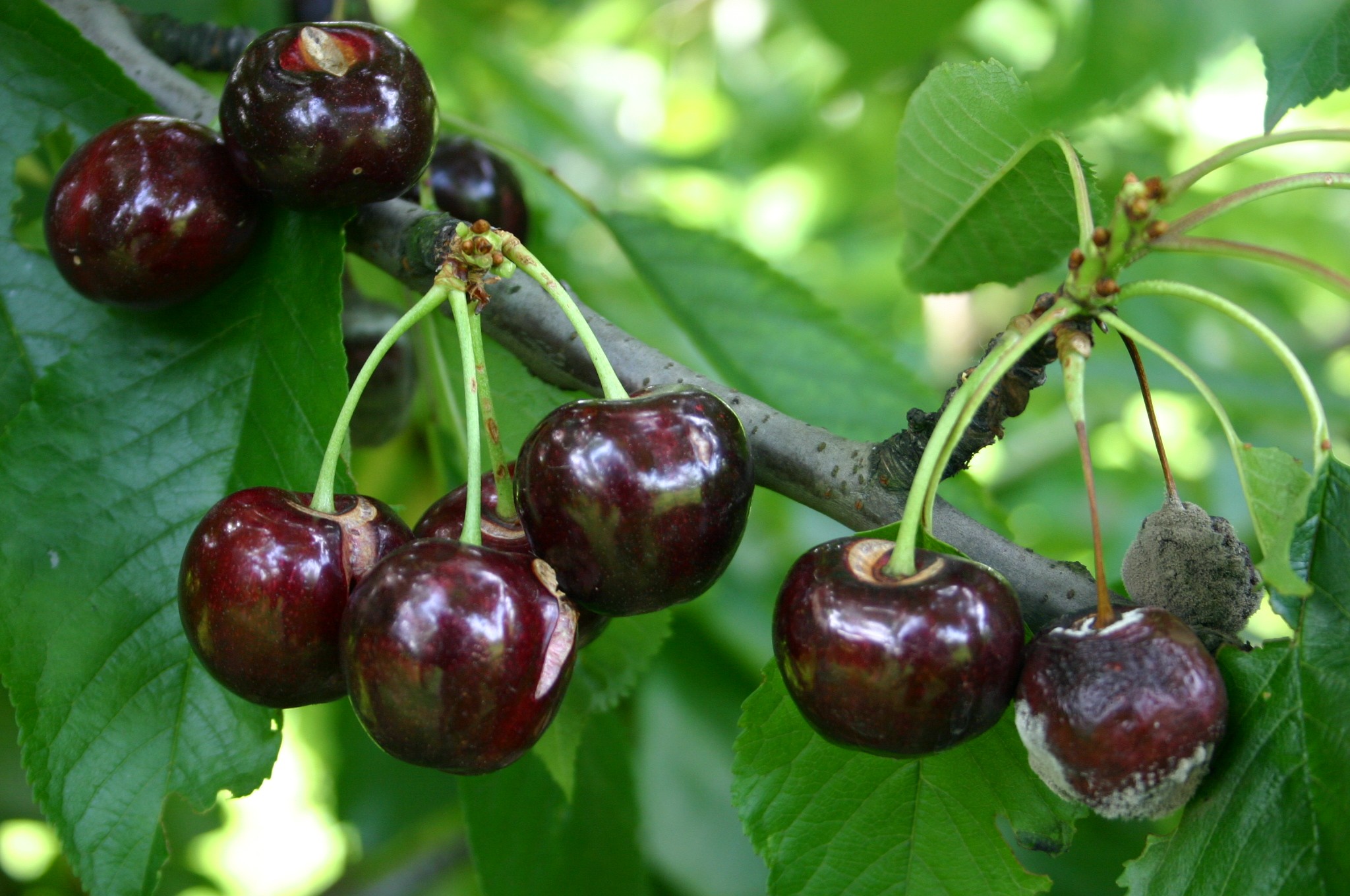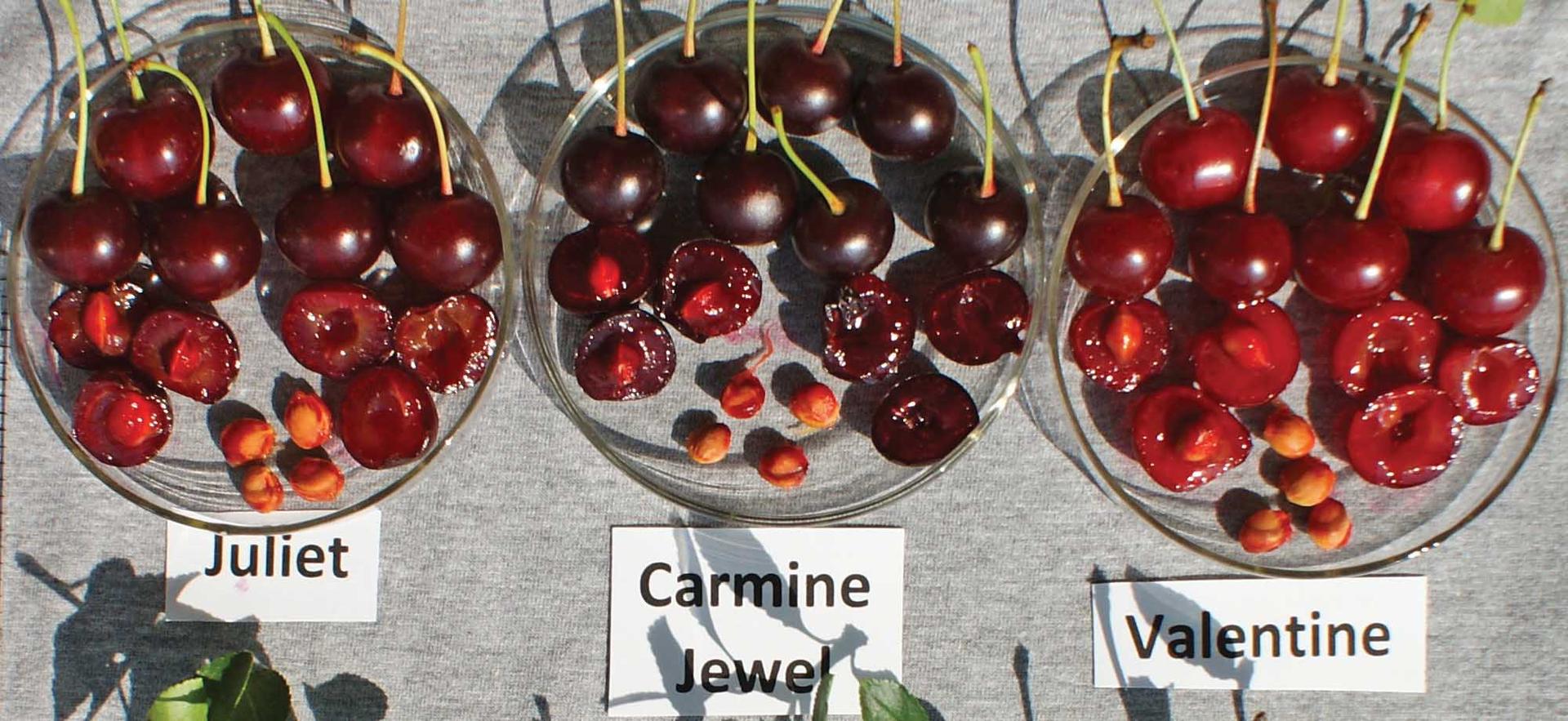Chile has now joined the ranks of major cherry producers, with production booming in recent years. However, large productions come with many challenges to overcome. One of these is fruit rot. Until a few years ago, the main concern with fruit rot was almost exclusively linked to the presence of Botrytis cinerea.
Now, on the other hand, the incidence of other diseases that were previously not particularly considered has increased. The environmental factor is undoubtedly the most important one that may or may not favour the development of pathogens, but Cecilia Ramos (University of the Americas) and Hector García (Laboratorios Diagnofruit Ltda.) remind us that it is not only rainfall and humidity that favour them.
They noticed this during the last few seasons in Chile, in which dry and humid years alternated. What was seen was that during dry springs Alternaria dominates, while when springs are wet, Botrytis is the predominant pathogen. Under wet conditions, the fungus Geotrichum candidum is also able to develop very well.
In the last season, the presence of this pathogen increased by at least 30 times compared to previous years. This also led to problems at the post-harvest stage, as it contaminates processing lines and is difficult to sanitise. In contrast, Cladosporium only manifests itself in dry seasons, causing losses at harvest, as it does not develop during storage.
The rot of a fruit should not only be analysed from the point of view of the presence of the pathogen, but an overall view is needed, considering how this pathogen relates to its environment. The host (in this case, the cherry) must offer the opportunity to be attacked and this may be depending on several factors.

For example, high nitrogen and low calcium content leads to the formation of tissues susceptible to pathogen development. Although there is still much to discover and learn about these relationships, we now know that to effectively control pathogens, the following activities are needed within the defence strategy:
- Balancing host and microbiota;
- Activating host defences;
- Controlling the pathogen with chemical and biological techniques.
So, what are the critical moments when one must treat, in a ‘normal’ year? Experts suggest: certainly in the shuck fall and veraison phases then, depending on the duration of the production cycle, two or three more interventions. Products such as fludioxonil, boscalid and pentiopirad are molecules that protect well against Alternaria and Botrytis. Difenoconazol has a good effect on Alternaria, while tebuconazole is more effective on Geotrichum.
Although captan is a recurring fungicide in plant protection programmes, its effect on the most frequent fungi is quite limited (good activity against Cladosporium was seen, however). Biological interventions with Bacillus or certain plant extracts (e.g. tea tree and citrus) also help in controlling rot, but at least two applications are needed to achieve a good result.
Finally, it is very important to alternate the chemical groups used, because otherwise there is a risk of creating resistance phenomena, especially when using carbamates. All the knowledge acquired, year after year, will allow good control of rot in cherry trees, leading to an increasingly efficient cherry production.
Source: Revista Frutícola
Image: SL Fruit Service
Melissa Venturi
University of Bologna (IT)
Cherry Times - All rights reserved











